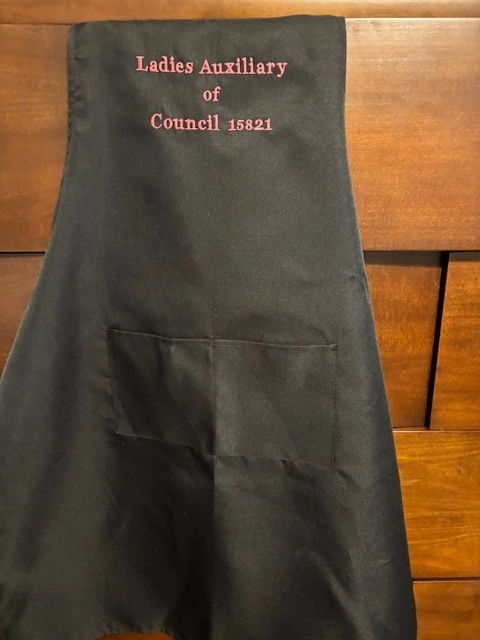The Art of Custom Needlework: Unlocking the Tricks to Creating Distinct and Unforgettable Designs
The tricks to developing customized needlework designs that captivate the eye and leave an enduring perception lie in a delicate equilibrium of technique, creativity, and interest to detail. As we delve right into the world of custom-made embroidery, we reveal the nuanced interplay in between thread option, sew complexity, and layout customization that boosts a simple garment to a work of art.
Picking the Right Embroidery Threads
When picking embroidery threads, what key aspects should you consider to make sure the ideal outcomes for your custom-made designs? The selection of needlework string is critical in figuring out the final end result of your stitched design. Among the primary factors to consider is the product of the thread. Different products such as cotton, polyester, rayon, and silk offer differing levels of shine, sturdiness, and texture. It is necessary to choose a thread material that complements the textile you are stitching on and aligns with the wanted appearance of the style.
In addition, the weight or density of the string plays a significant function in the look of the embroidery. Thicker threads can include dimension and structure to your layout, while finer threads are perfect for detailed information and small text. Furthermore, taking into consideration the color fastness and washability of the string is critical to make certain that your custom layouts maintain their high quality and vibrancy gradually. By thoroughly reviewing these aspects and selecting top quality strings that satisfy your specific requirements, you can improve the aesthetic charm and long life of your embroidered creations.
Discovering Various Stitch Methods
To explore the realm of 'Exploring Various Stitch Strategies', one need to realize the complexities and nuances that each sewing method gives the art of needlework. Different stitch methods not only add aesthetic passion however also contribute to the general appearance and dimension of the layout. One preferred stitch strategy is the satin stitch, which includes very closely jam-packed parallel stitches to develop a smooth and shiny surface area, perfect for filling out shapes and creating strong describes.
On the various other hand, the backstitch is a flexible method often made use of for outlining and adding great information. It involves stitching in reverse to develop a strong line of needlework. In addition, the French knot stitch adds a tactile element to styles, excellent for producing textured accents like flower centers or ornamental touches.
Exploring various stitch methods enables embroiderers to have fun with light, darkness, and depth within their layouts, raising the visual charm and artistic high quality of their embroidery more info here jobs. By mastering various stitching approaches, one can unlock countless opportunities for producing unique and unforgettable customized embroidery pieces.
Incorporating Personalized Layout Elements
Having explored the ins and outs of various stitch strategies such as the satin stitch, backstitch, and French knot, the emphasis now changes towards including individualized layout aspects in personalized needlework projects. Personalized layout aspects play a crucial function in making embroidery jobs really distinct and remarkable.
An additional way to incorporate tailored design aspects is by including icons or concepts that hold special definition to the recipient or reflect their interests and individuality. Including a favored blossom, animal, or hobby-related icon can make the embroidery style a lot more purposeful and personalized. Additionally, choosing colors that reverberate with the recipient or line up with the desired motif can additionally improve the customization of the needlework project.
Understanding the Art of Shade Control

One secret element of color control is recognizing shade theory. This includes understanding exactly how different shades interact with each other, the feelings they share, and exactly how they can be combined to create visually appealing styles. By using shade theory principles, embroiderers can create harmonious color combinations that boost the total appearance of the style.
In addition, focusing on comparison is critical in color coordination. Making use of contrasting shades can help particular components of the design pop, enhance clarity, and create an aesthetically vibrant needlework item. By grasping the art of shade sychronisation, embroiderers can raise their layouts and develop memorable items that resonate with customers and customers alike.
Enhancing Texture With Advanced Needlework Stitches
French knots, for instance, are best for including tiny, elevated dots to your layout, simulating the look of beads or producing a textured surface area. Bullion knots, on the other hand, can be used to produce twisted, ropelike aspects that include a lavish feeling to the needlework. Seed sewing involves small, scattered stitches that can fill out locations with a polychromatic appearance, while turkey job produces fluffy, dimensional accents similar to animal fur or vegetation. Trying out with these innovative embroidery stitches allows you to push the borders of standard embroidery and develop absolutely special and visually enticing textures click over here in your layouts.
Verdict
In final thought, the art of custom needlework involves a combination of selecting the right strings, discovering different stitch methods, integrating customized design aspects, mastering color sychronisation, and improving texture with advanced stitches. By recognizing and executing these key elements, embroiderers can create distinct and remarkable styles that showcase their creative thinking and skill. Embroidery enthusiasts can open the keys to producing stunning and custom items that stick out and leave a lasting perception.